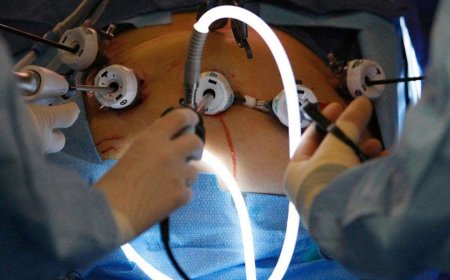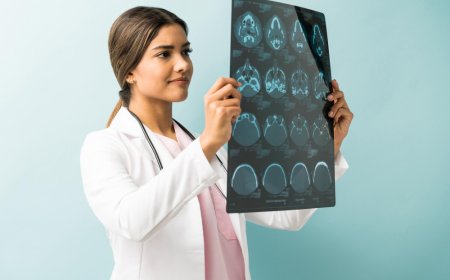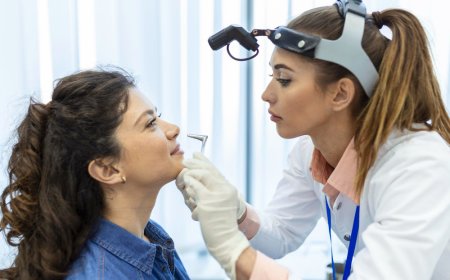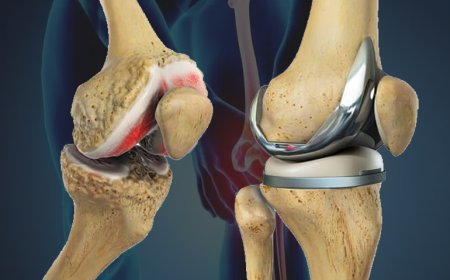Breast Cancer: Symptoms, Types, Causes & Treatment

What Is Breast Cancer and Why Its a Major Concern for Women Worldwide
Breast cancer is a disease where abnormal cells in the breast begin to grow uncontrollably and form a tumor. Its one of the most common types of cancer in women globally, affecting millions each year. While it can also affect men, women are at far greater risk. Early detection and awareness can make a significant difference in survival rates, making education around symptoms, causes, and treatment extremely important.
The Most Common Symptoms of Breast Cancer That You Should Never Ignore
Breast cancer symptoms can vary from one person to another. While some individuals may notice a lump, others might experience subtle changes. Common symptoms include a new lump in the breast or underarm, changes in breast shape or size, nipple discharge (especially bloody), and skin dimpling. It's also important to watch for redness, swelling, or pain that doesn't go away. Catching these signs early can literally save your life.
Types of Breast Cancer and How They Differ in Behavior and Treatment Approach
Breast cancer is not a single diseaseit includes multiple types that behave differently. The most common are ductal carcinoma in situ (DCIS), invasive ductal carcinoma (IDC), and invasive lobular carcinoma (ILC). Less common types include inflammatory breast cancer, triple-negative breast cancer, and Pagets disease of the breast. Each has its own symptoms, aggressiveness, and treatment options, so classification is key for proper care.
Understanding the Stages of Breast Cancer and What Each Stage Means for You
Staging breast cancer helps determine how advanced it is and what treatment is best. Stages range from 0 to IV. Stage 0 (DCIS) is non-invasive, while Stage IV means the cancer has spread to other parts of the body (metastasized). The stage affects survival rates, treatment intensity, and overall outlook. Early stages often have more treatment options and higher chances of recovery.
Major Causes and Risk Factors of Breast Cancer That Increase the Possibility of Diagnosis
Breast cancer doesnt always have a clear cause, but several risk factors have been identified. These include age (risk increases after 50), family history, genetic mutations like BRCA1 and BRCA2, obesity, alcohol use, early menstruation or late menopause, and hormone replacement therapy. While you cant control all of these, knowing your risks can lead to earlier screening and lifestyle changes.
The Role of Genetics and Family History in Breast Cancer Development
About 510% of breast cancer cases are linked to inherited genetic mutations, particularly in the BRCA1 and BRCA2 genes. If you have a first-degree relative (mother, sister, daughter) with breast or ovarian cancer, your risk is higher. Genetic counseling and testing can help assess your risk and guide decisions like preventive mastectomy or closer monitoring.
How Hormones Influence Breast Cancer Growth and the Role of Estrogen and Progesterone
Some breast cancers are hormone receptor-positive, meaning they grow in response to estrogen or progesterone. This makes hormone therapy, like tamoxifen or aromatase inhibitors, a valuable part of treatment. Hormonal influences explain why certain women are at higher risklike those on long-term hormone replacement therapy or with early-onset menstruation.
The Importance of Breast Self-Exams and Clinical Screenings in Early Detection
Regular breast self-exams help women notice any unusual changes. Monthly checks, ideally done a week after your period, allow you to become familiar with how your breasts normally look and feel. Clinical screenings, including mammograms, are crucial for detecting cancer earlyoften before any physical symptoms appear.
How Mammograms, Ultrasounds, and MRIs Are Used to Diagnose Breast Cancer
Diagnostic tools vary depending on your age and risk. Mammograms are the gold standard for routine screening. Ultrasounds can help evaluate lumps in younger women with dense breasts. MRIs are typically reserved for high-risk individuals or those with ambiguous results. A biopsy is needed to confirm the diagnosis.
Understanding Biopsies and What Your Pathology Report Means for Your Treatment
If a suspicious lump or abnormal scan is found, a biopsy removes a tissue sample for testing. The pathology report tells you the cancer type, grade (how abnormal the cells are), hormone receptor status, and HER2 status. These results are critical for creating a tailored treatment plan.
Treatment Options for Breast Cancer: From Surgery to Chemotherapy and Beyond
Treatment depends on the cancer type, stage, and personal health. Surgery (lumpectomy or mastectomy) is often the first step. Other treatments include radiation, chemotherapy, hormone therapy, and targeted drugs like trastuzumab (Herceptin). Many patients need a combination of therapies over several months by best gynecologists or gynecologic oncologist.
The Role of Targeted Therapy and Immunotherapy in Advanced Breast Cancer Cases
Targeted therapies focus on specific characteristics of cancer cells, like HER2-positive tumors. Immunotherapy, which boosts the body's immune system to fight cancer, is now being used for certain types of breast cancer, including triple-negative breast cancer. These treatments offer new hope for patients with advanced disease.
Rehabilitation, Recovery, and Life After Breast Cancer Treatment
Recovery doesnt end after the last chemo or surgery. Physical therapy, counseling, and support groups help survivors manage side effects like lymphedema, fatigue, and emotional challenges. Many women struggle with self-image, fertility concerns, or fear of recurrenceongoing support is crucial for healing.
Coping with the Emotional and Psychological Impact of a Breast Cancer Diagnosis
A diagnosis brings shock, fear, and uncertainty. Anxiety and depression are common, and its okay to seek help. Talk therapy, mindfulness practices, support groups, and honest conversations with loved ones can help women feel empowered rather than defeated.
How to Support a Loved One Whos Going Through Breast Cancer Treatment
If someone you care about is battling breast cancer, be present. Offer help with appointments, meals, or childcare. Listen without trying to fix everything. Even small gesturestexts, hugs, or quiet companycan be deeply comforting during treatment.
Conclusion
Breast cancer is life-changing, but not a death sentence. With early detection, personalized treatment, and strong support systems, survival rates continue to improve. Awareness, regular screenings, and knowledge are your best weapons. Whether youre a patient, survivor, or supporter, your journey mattersand youre not alone.
FAQs
1. Can men get breast cancer too?
Yes, although rare, men can develop breast cancer. It usually presents as a lump or nipple discharge and requires similar treatment.
2. What is triple-negative breast cancer?
Its a type that tests negative for estrogen, progesterone, and HER2 receptors. Its more aggressive and often affects younger women but responds to chemotherapy.
3. How often should I get a mammogram?
Women aged 4050 should discuss with their doctor. After age 50, most are advised to have a mammogram every 12 years.
4. Can I breastfeed after having breast cancer?
It depends on your treatment and whether surgery preserved your milk ducts. Many women can still breastfeed with one breast.
5. Are there natural ways to reduce breast cancer risk?
Yesmaintain a healthy weight, limit alcohol, exercise regularly, avoid smoking, and consider breastfeeding if you have children.




































